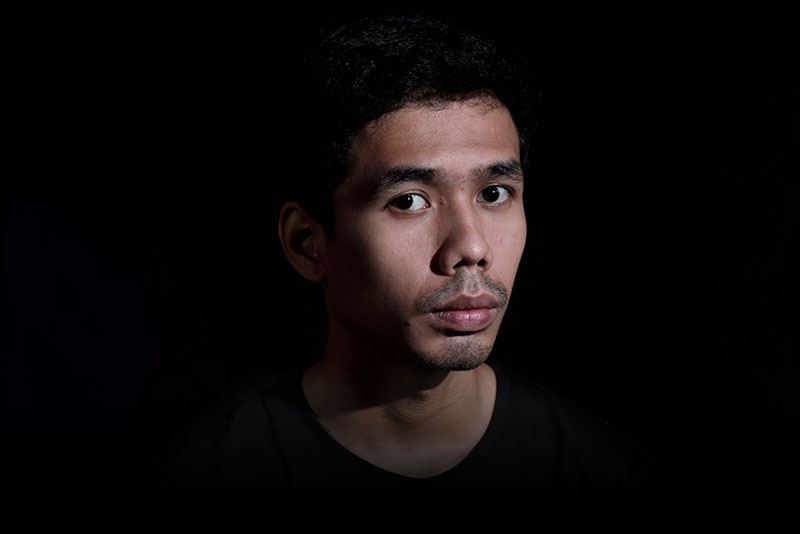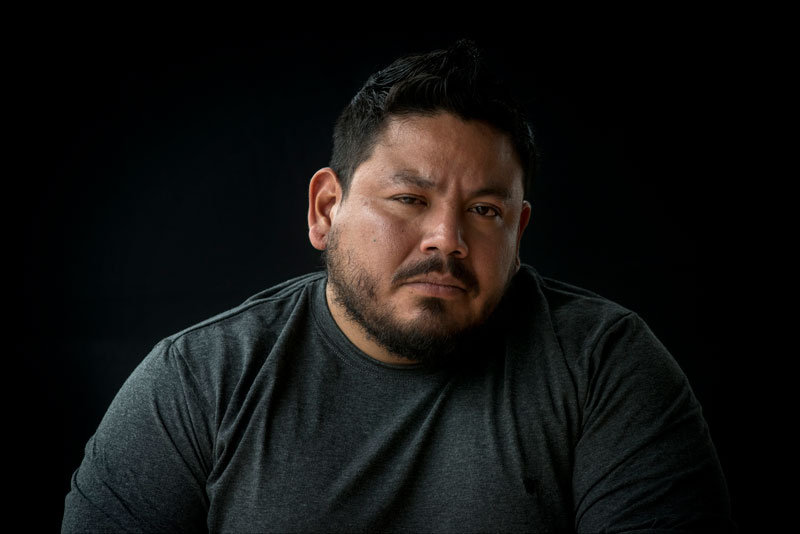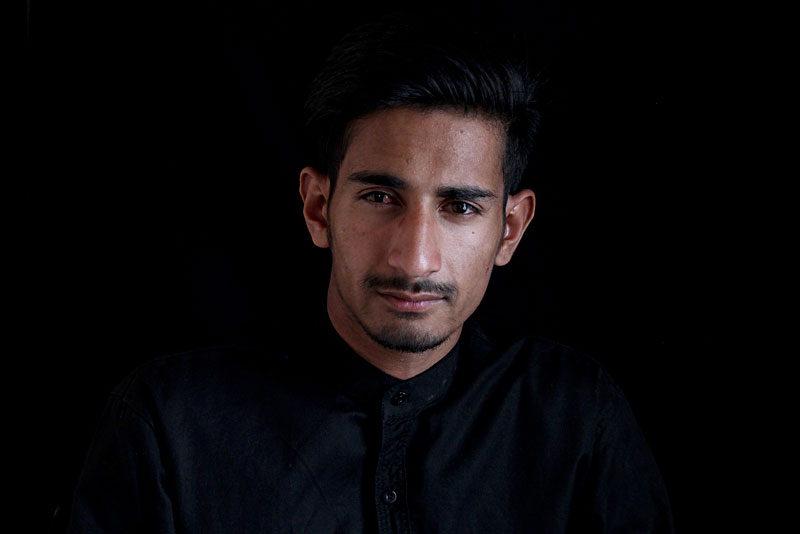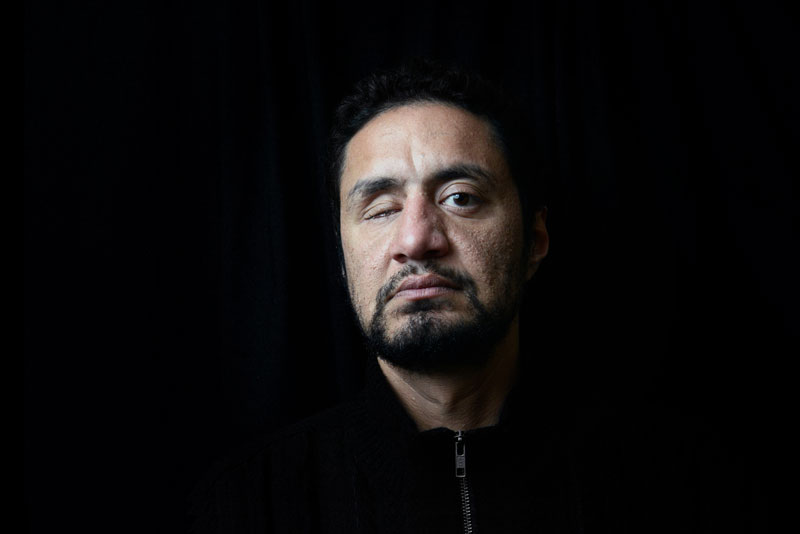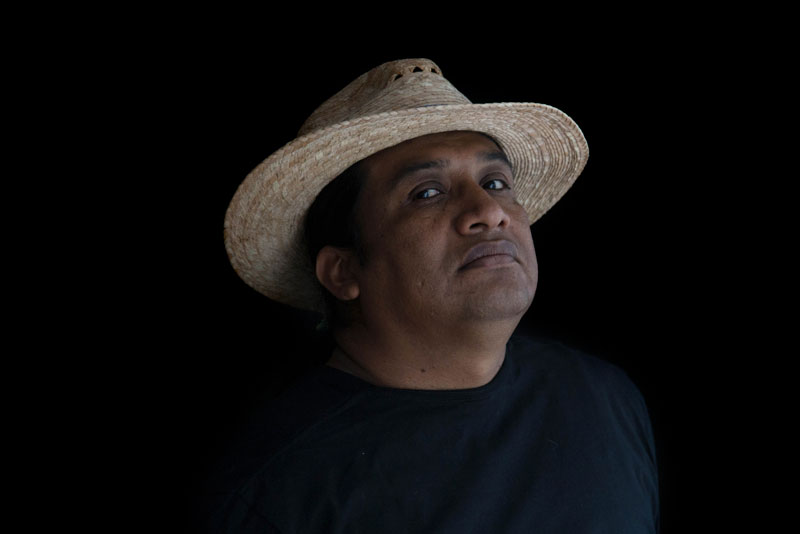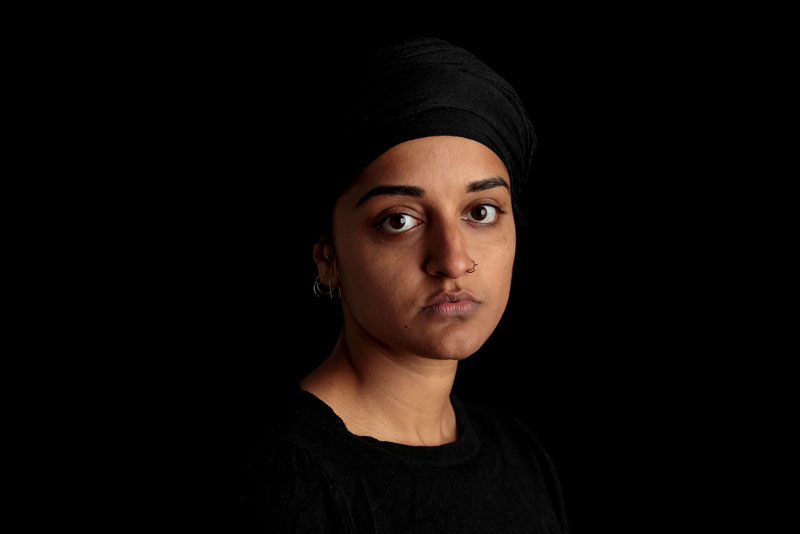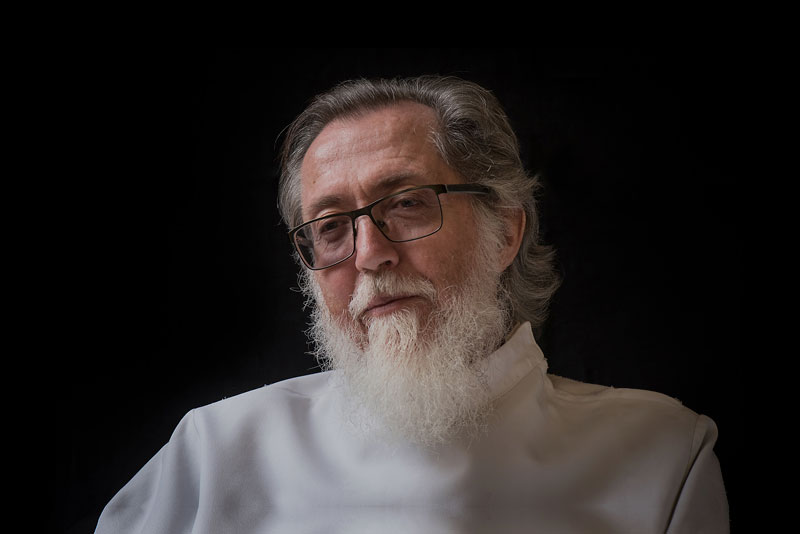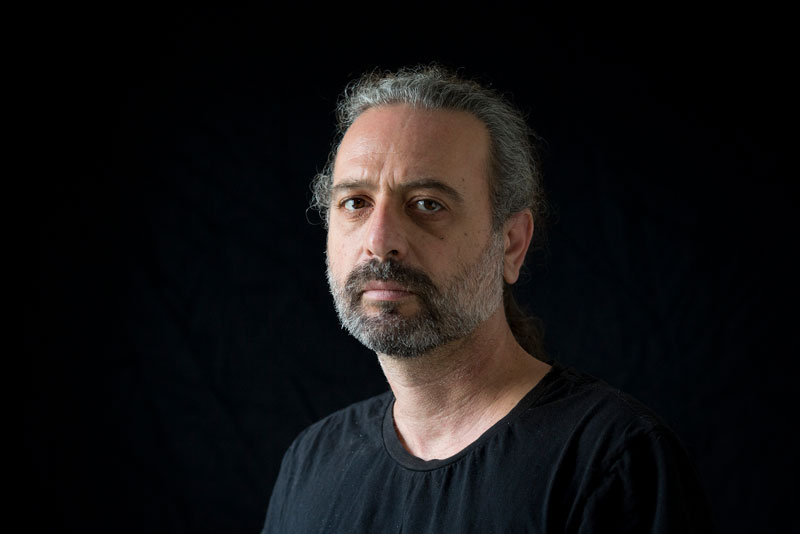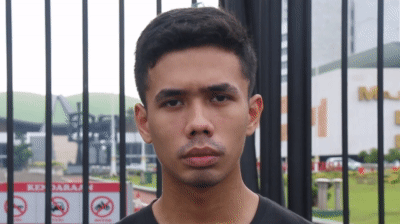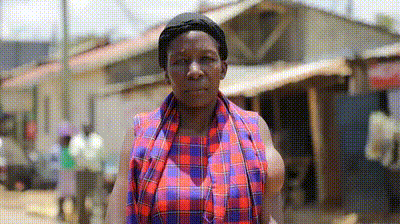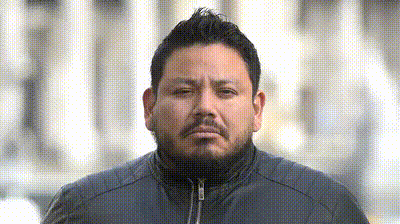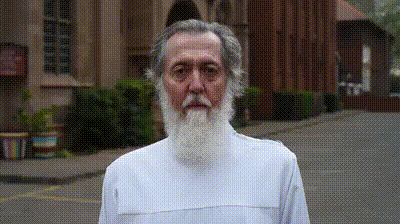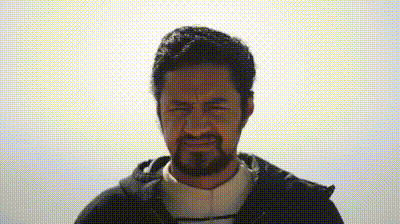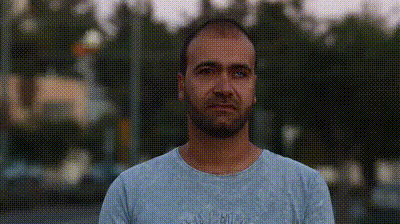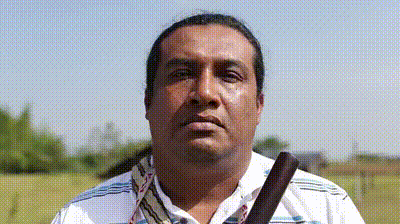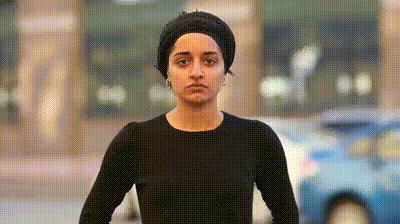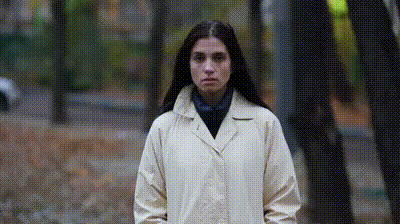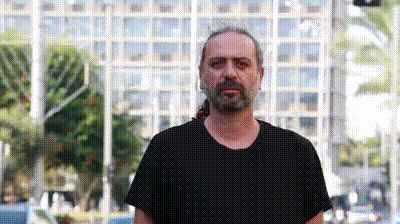Unhealed Wounds: The Faces Behind the Injuries of Crowd-Control Weapons is a multimedia project combining photography, video and audio recordings to bring to light faces and stories of people injured by crowd-control weapons during protests. At the time of the events most of the 12 men and women highlighted in this project were either protesters – publicly expressing their grievances and demands in different parts of the world – or accidental passers-by.
Police institutions all around the world often use these dangerous weapons to stifle dissent. In the context of protests this practice escalates tensions, creates panic and causes long-lasting psychological traumas, serious injuries, disabilities and even deaths. Ultimately, the misuse of crowd-control weapons interferes with people’s right to freedom of expression and assembly and severely undermines respect for human rights.
The artistic approach to Unhealed Wounds was inspired by the work of the Israeli photographer Tali Mayer, who also coordinated this project. In collaboration with the Association for Civil Rights in Israel, Mayer worked on a series of photo portraits featuring East Jerusalem residents, all bystanders, severely injured by black sponge bullets during protests.
INCLO and its member organizations contributed closely to defining the concept and producing all the materials making up this project.
The photos and videos were commissioned from local photographers and artists from Argentina, Colombia, Egypt, Hungary, India, Indonesia, Israel, Kenya, Russia, South Africa and the United States.
We would like to thank the people portrayed in this project for sharing their personal experiences of the actual events and the traumatic circumstances of their injuries. Their first-hand accounts are powerful testimonies of the harmful effects of crowd-control weapons.
Unhealed Wounds builds on the groundbreaking research conducted by INCLO in close collaboration with Physicians for Human Rights and published in a joint report titled Lethal in Disguise.
INCLO advocates for the protection and promotion of the right to protest and calls for stricter regulation of the use of crowd-control weapons at the national and international levels.
I can’t tell for how long I was beaten and how many policemen hit me, but what I clearly saw was that they used shoes, batons and also firearms.
Muhamad Yahya Ihyaroza
25 years old | LAW STUDENT FROM INDONESIA
Yahya is a university student in Jakarta who participated in a series of anti-government protests in September 2019 to oppose the legislation of discriminatory bills. The police used tear gas and excessive force to disperse, attack and arrest protestors. When Yahya rushed to the help of a journalist assaulted by the police, he was arrested and violently attacked with rifles, batons and shoes by several officers. The attack left him with broken fingers and an injured skull.
I could do any work before this happened to me. I was able to stand on my own and I could even pay the school fees for my children, the rent and could afford a meal.
Caroline Nerima Mkudo
38 years old | UNEMPLOYED FROM KENYA
Caroline was on her way to the chemist when a police officer shot her in the head with a rubber bullet. The incident took place on 26 October 2017, the day of an election re-run in Kenya during clashes between protesters and police in her Kibera neighbourhood of Nairobi.
Eye pain is not like any other pain. Eye pain is like a toothache, but multiplied by 20. It is a torturous thing. It hurt even when I breathed.
Daniel Sandoval
36 years old | TEACHER FROM ARGENTINA
Daniel was protesting against pension and social reform in Buenos Aires in December 2017 when he was shot multiple times with rubber bullets, injuring his face and upper body. He lost the sight in one eye.
I will never forget the evening of 7 August 2017, for it was on this day that I became completely dependent on others for the rest of my life.
Farzan Nazir Sheikh
17 years old | HIGH SCHOOL STUDENT FROM KASHMIR
Farzan was injured at first in his left eye and abdomen, as well as in his neck and chest, by lead pellets fired into the crowd by police in March 2017 at the funeral of one of his friends who had been killed by the police. Later that year, Farzan was once again hit by pellets fired randomly by paramilitary forces patrolling his neighbourhood. This second attack caused severe injuries to his head including the loss of vision in his right eye.
They are supposed to aim for the legs. Well, at 5 metres, this wasn’t aimed for the legs. I knew I had been hit. The first thought I can remember was wondering if I had any teeth left, I just had a bloody mouth.
Father Graham Pugin
61 years old | CATHOLIC PRIEST FROM SOUTH AFRICA
Father Pugin was hit in the face by rubber bullets when trying to defend the entrance to his Holy Trinity Church in Johannesburg on 12 October 2016. The incident happened during clashes between police and students protesting against university fees.
Denial is the first one ... that’s exactly what happened with me. Especially that I don’t remember the moment I was injured. I think it’s very common among people suffering from big traumas, no one remembers the exact moment.
Malek Mostafa
37 years old | ACTIVIST AND JOURNALIST FROM EGYPT
Malek was shot in his right eye with a rubber bullet during the protests that took place in Cairo’s Muhammad Mahmoud street in November 2011. He was an activist in what is now known as the Egyptian revolution, when millions of people took to the streets to demand the resignation of Hosni Mubarak. Thousands of people were injured and hundreds killed in violent clashes between the security forces and protesters.
Because of this sponge bullet I totally lost my sight. I became a blind person and I lost my life completely because of it. It destroyed me psychologically, mentally. It destroyed my home, my whole family.
Tayseer Sanduqa
35 years old | UNEMPLOYED FROM EAST JERUSALEM
On 4 July 2014 Tayseer was on his way home when he was accidentally caught in clashes between residents and police taking place near his house in the Shuafat neighbourhood of East Jerusalem. His face was severely wounded by a sponge bullet and he lost the sight in his left eye as a result. He has been blind in his right eye since childhood.
... my stomach became infected ... the injury took a long time to heal, it affected my work and it scared my kids, who asked me to leave the Guard.
Luis Acosta
45 years old | INDIGENOUS LEADER FROM COLOMBIA
Luis is an activist defending the land rights of Indigenous people in the Cauca region. He suffered a severe injury to his stomach when riot police (ESMAD) forces purposefully aimed a “Recalzada” grenade at him on 19 September 2017 during the Indigenous resistance in Finca La Emperatriz, Cauca.
It was a peaceful march. As soon as riot police showed up tensions increased. The presence of the riot police indicated that we were doing something wrong when we were just peacefully exercising our rights.
Maleeha Ahmad
29 years old | NGO WORKER FROM USA
Maleeha suffered a pepper spray attack during the #BlackLivesMatter protest on 15 September 2017 in St. Louis, Missouri. People took to the streets after the police officer who shot Anthony Lamar Smith to death was declared not guilty.
They attacked us without any notice, they knew who we were, we were their target ... the pepper spray burnt and irritated my body so badly, I couldn't stop scratching. I wanted to tear off my skin.
Nadezhda Tolokonnikova
28 years old | ACTIVIST AND ARTIST FROM RUSSIA
Nadezhda is one of the members of the Russian punk band Pussy Riot. On 19 Februrary 2014, during the Winter Olympics in Sochi, members of the group were set upon by uniformed Cossacks as they attempted to perform a protest song under a sign advertising the event. The Cossacks, who were acting as an informal police force during the Games, attacked them without warning with whips and pepper spray.
I was suffocating from the gas and I needed water. I was only trying to focus on not letting that happen ... Emotionally, I was very angry.
Nikoletta Henriett Antal
27 years old | ACTIVIST FROM HUNGARY
Nikoletta was pepper sprayed during a protest in April 2017 after hanging the European Union flag on the Radio building in Budapest. The protest was related to the stand-off between the Central European University (CEU), a liberal European university founded by George Soros, and Hungary’s right-leaning government, which increasingly points to the university’s forced exit from the country.
The police threw a stun grenade that hit my abdomen. I felt it like a fire in my stomach when it exploded. I couldn't hear, my ears were ringing and I fell to the ground. When I lifted my shirt, it was all burns and blood.
Haim Schwarczenberg
44 years old | PHOTOGRAPHER FROM ISRAEL
Haim was hit by a stun grenade on 3 May 2015, while photographing a protest in Tel Aviv against racism and police brutality towards the Ethiopian community in Israel.
